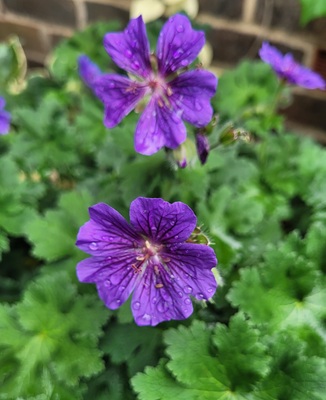Flower Properties
| Property | Value |
|---|---|
| English Name | Marsh Crane's-bill |
| MainColor | Violet |
| PlantType | |
| Growth Type | |
| Season | May |
| ImageUrl | Geranium-001 |
| Photographer | DP |
| Location | |
| Human Toxicity | Non_Toxic |
Flower Details
Description
Marsh cranesbill is a tall, graceful wildflower with deeply cut leaves and purple-pink, five-petalled flowers. It’s commonly found in wet meadows, marshes, and damp roadside verges.
Distribution
Native to Europe and found in scattered locations across the UK, especially in wetter habitats. Prefers full sun to partial shade and moisture-retentive soils.
Medicinal/Other Uses

Like other cranesbill species, it has astringent properties and has been used in folk medicine to treat diarrhoea, mouth ulcers, and wounds.
Edibility
The plant is not typically eaten but is considered non-toxic. Some traditional uses involved chewing the root for its astringent taste.
Human Toxicity
Safe in small amounts; no significant toxicity reported.
Pet Toxicity
Not Toxic
Active Compounds
Rich in tannins, flavonoids, and phenolic acids, which contribute to its astringent effect.
